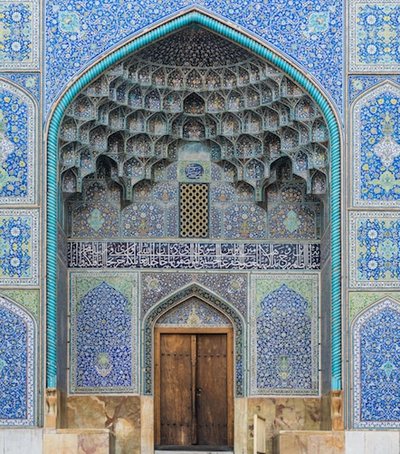
This may be one of those questions about ancient Rome that you were afraid to ask at school, says Dr. Garret Ryan. Or maybe, having seen the jagged structure of these massive antique ruins all your life, promoted everywhere, from Italian pizza boxes to t-shirts, you may have never thought about the shape of the Colosseum.
You can spend hundreds of dollars going to Rome to visit the Colosseum, or you can drive past it every day and never think too much about it.
Pavarësisht se, aktualisht, Koloseu pret më shumë vizitorë në vit sesa shatërvani Trevi dhe Kapela Sistine të marra së bashku, ky monument i Romës perandorake ka vuajtur nga një neglizhencë e rëndë për 1,500 vite, që pasi u përdor si një arenë gladiatorësh.
“Rreth 1,500 vite plot me neglizhencë dhe me projekte të rastësishme ndërtimi”, shkruan Tom Mueller në Smithsonian, “erdhën njëri pas tjetrit”. I përdorur si një gurore pas shekullit XVI, për pjesën më të madhe të jetës së tij të gjatë, amfiteatri dhe “Hipogeumi” i tij (sistemi i ndërlikuar i tuneleve dhe punimeve tokësore që ndodhen poshtë Koloseut) u rrënuan plotësisht.
Në pjesën më të madhe të historisë së tij, njerëzit përgjithësisht e kanë injoruar Koloseun. Por, kurioziteti për historinë e tij ia vlen:
Over the centuries, humans filled the Hypothesis with impurities and debris, planted vegetables, stored hay, and disposed of animal feces. At the top, where the amphitheater is located, large arched corridors housed shoemakers, blacksmiths, priests, and coin exchangers, not to mention a Frangipane castle, the warlords of the twelfth century.
At the time, local legends and pilgrims described the ruined ring of the amphitheater walls as a former temple of the sun. Necromancers went there at night to summon demons.
At the end of the 16th century - before popes marched through the arena to honor Christians who were used as food for wildlife - "Pope Sixtus V, the builder of Renaissance Rome, tried to turn the Colosseum into a processing plant wool ”.
This venture failed and, very soon, the great variety of wild plant life began to attract botanists, who managed to distinguish about 337 different species of plants. The Hippoge, the architectural mechanism by which spectacles took place at the top of the stage, was cleared only in the 1930s by Benito Mussolini, as part of efforts to restore the glory of classical Rome.
Restoration of the Colosseum only began in the 1990s and visitors are only allowed to see the interior of the ruins after 2011, almost 2000 years since it was first built, between 72 and 80 AD. Originally named the Flavian Amphitheater, the name of the building was changed to indicate its proximity to Nero's Colossus, a monument to imperial arrogance that has long since disappeared.
So what about the missing half? "The short answer," writes Dr. Ryan, "is: earthquakes and popes, in this ranking."
The longest response, as you can imagine, is much more bloody, as it includes events such as the 123-day celebration of Emperor Trajan's victory in Dacia, "during which 5,000 gladiators fought and 11,000 animals were killed."
After about 500 years of this bloody sport and another 1,500 years of amortization, it can be said that the Colosseum has stood extremely well, an appreciation for Roman architectural engineering, the only thing the Roman Empire seemed to love more than death. violent.
/ Open Culture / Monitor /





